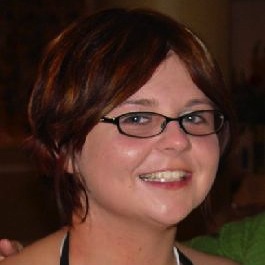Welcome to the forums at seaphages.org. Please feel free to ask any questions related to the SEA-PHAGES program. Any logged-in user may post new topics and reply to existing topics. If you'd like to see a new forum created, please contact us using our form or email us at info@seaphages.org.
Recent Activity
Annotating the CR3 Frameshift
| Link to this post | posted 08 Jul, 2018 23:33 | |
|---|---|
|
|
I am QCing Skysand, a Cluster CR3 Gordonia phage. The only annotated member of this cluster is Patio. Skysand technically contains three possible slippery sequences (from the Xu et al paper 2004): L5 GGGGGAA GE to GG TM4 GGGAAAA GK to GK HK97 GGAAAAG EK to GK The only possible amino acid switch that is found in the three FORWARD frames in Skysand is GK to GK, so I'm operating under the assumption that the frameshift follows the one found in Mycobacteriophage TM4 (-1). Other phages (Milly) with a TM4-like slippery sequence call the frameshift presumably when the A and P sites are occupied by GGA-AAA respectively, with the repeated nucleotide called as the third nucleotide in GGA. This frameshift seems to use the G in the first frame and the K in the next frame. In the six-frame translation for Patio (screenshot attached) the frameshift is called at nucleotide 23746, which corresponds to GGG-GAA initial ribosome occupancy (GG to GG frameshift; original frame is GG to GK with the frameshift occurring between GG in the first frame. The slippery sequence in Patio (and Skysand) seems to be "extra slippy" (CCCCGGGGGAAAA), so it's not entirely clear if the repeated nucleotide would occur as in TM4 or instead like the annotation in Patio. Given the nature of this "extra slippy" sequence and the location of the frameshift in the Patio annotation, is it safe to call the frameshift occurring between GG or should it follow the TM4 model where the frameshift occurs between G and K? Do members of CR have a different slippery sequence that's not listed in the Xu paper? |


 69Kb
69Kb